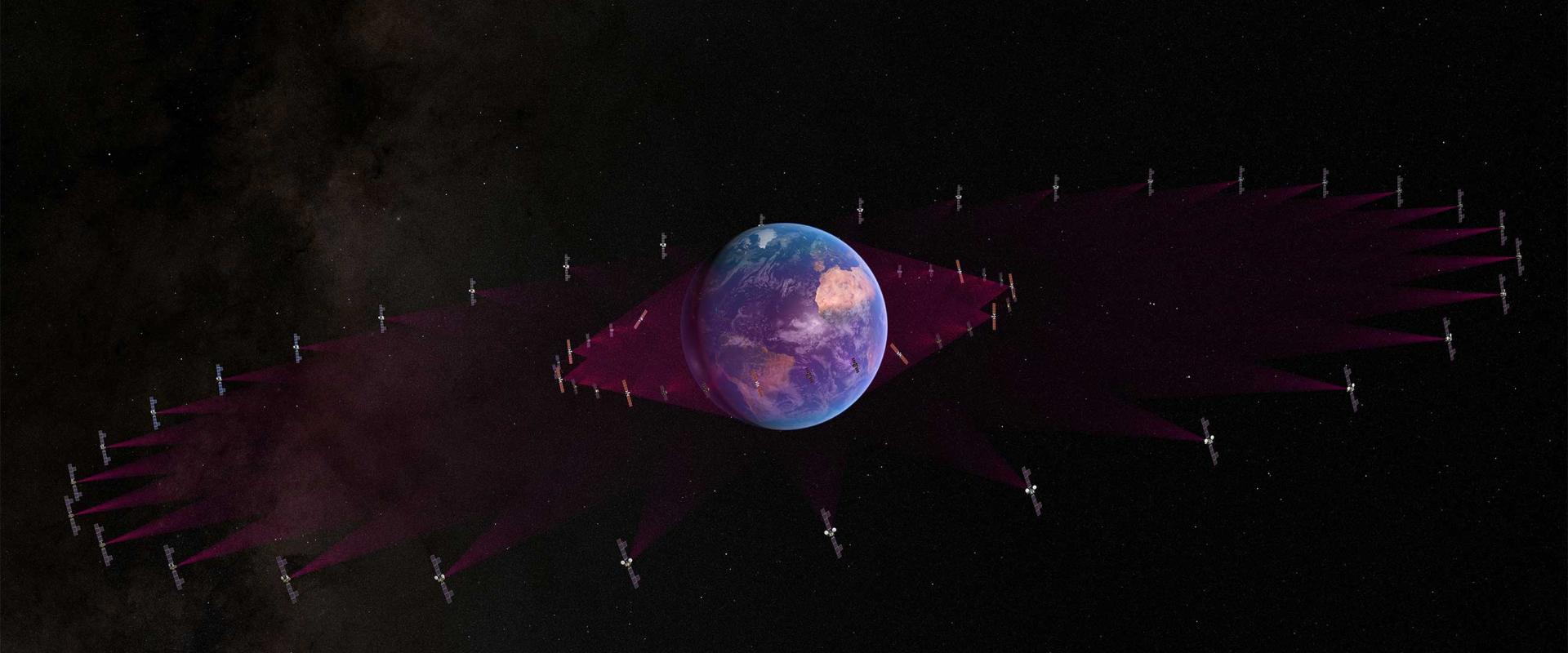Understanding EPFD Limits: Why They Foster Innovation and Harmonious Operations in Space

- Author
- Karl Johan Jonsson
Satellite services play an essential role in today’s globally integrated telecommunications infrastructure, employing cutting-edge technologies in geostationary orbit (GSO) as well as non-geostationary (NGSO) orbits. The coexistence of NGSO and GSO systems in space relies on effective regulatory mechanisms that promote harmonious operations while fostering innovation.
Facilitating a Competitive Environment
The International Telecommunications Union (ITU) plays a vital and unique role in facilitating harmonious operations within the satellite and broader telecommunications industries, establishing a framework of regulations and recommendations for global, interoperable connectivity.
As more NGSO systems, and in particular mega-constellations with plans for more than 60,000 low-earth orbit (LEO) satellites, are brought into use, mechanisms like the ITU Radio Regulations Article 22 EPFD (Equivalent Power Flux Density) limits play a pivotal role in facilitating a dynamic market environment while ensuring interference-free operation for all satellite systems. These limits strike the right balance by protecting new and established GSO operations against unacceptable interference, degradation or interruption from NGSO operations, while enabling competitive entry by multiple NGSO systems.
Ensuring a balanced regulatory framework for GSO and NGSO systems is essential for SES because it operates the world's only multi-orbit constellation of satellites, boasting a unique combination of global coverage and high performance. Our hybrid GSO and NGSO fleet comprises nearly 50 GSO satellites, offering reliable coverage over specific regions, alongside our cutting-edge O3b NGSO system in Medium Earth Orbit (MEO) delivering low-latency and high-throughput connectivity worldwide. Our diverse constellation enables us to cater to customer needs across industries and geographical regions, delivering efficient and reliable satellite services and expanding satellites’ capability to reach underserved areas.
Enabling Harmonious Operations among NGSO and GSO systems
Article 22 of the ITU Radio Regulations is one example of a regulatory mechanism that enables effective and cooperative operations among GSO and NGSO operators worldwide. The EPFD limits specified in Article 22 are the result of years of discussions and technical analysis by many satellite experts through numerous study cycles and ITU conferences, providing reasonable safeguards for GSO operators while facilitating NGSO deployments and investment.
Globally, GSO operators like SES have made significant investments in their current and future deployments in reliance on these limits. These investments include, among other things, development of earth station antennas in a wide range of sizes, which enhances cost-effectiveness and versatility and enables a wider range of services.
The significant rise in the number of NGSO satellite launches each year is evidence that the current EPFD limits have not prevented or limited NGSO operators from deploying new satellite technologies and services, nor stifled innovation. SES is in the process of launching its own second-generation MEO NGSO system, O3b mPOWER, which is designed to operate in full compliance with these limits. By providing a solid basis for harmonized GSO and NGSO operations, the EPFD limits as defined under Article 22 foster a thriving and sustainable space environment that benefits all stakeholders while stimulating innovation for diverse applications.
As NGSO and GSO systems navigate an evolving space environment, the Article 22 EPFD limits serve as a cornerstone for coexistence among services. Reviewing the EPFD limits at WRC-27 is not required to promote the development of competitive NGSO constellations, and in fact would put existing GSO services at risk of increased interference. Upholding these limits ensures a stable, level playing field, supports continued innovation, and propels the satellite industry into an exciting future of growth and boundless possibilities. The collaborative efforts of satellite operators, industry stakeholders and regulatory bodies ensure that the satellite industry can embrace progress while maintaining the delicate balance necessary for the continued success of satellite systems in connecting our world.




